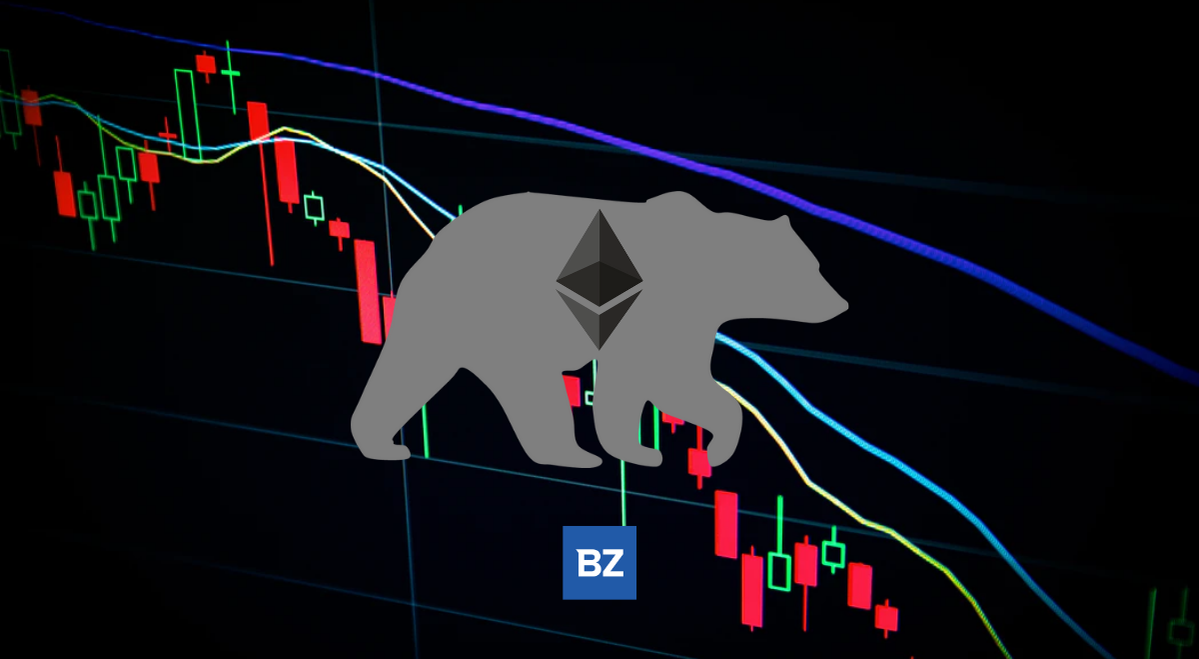Ethereum Down More Than 3% Within 24 hours Benzinga, Ethereum, Bollinger Bands by https://www.benzinga.com/

AI Insights:
Simple Explanation:
Ethereum is a type of digital money that can be used to buy things or trade with other people. Sometimes its value goes up and sometimes it goes down. In the past week, Ethereum was worth more than before, but in the last day, it lost some of its value. This means it's worth less now compared to yesterday. The amount of Ethereum being traded also went down, which could mean that people are not as interested in buying or selling it right now. Read from source...
Critical Perspective:
- The article is written by Benzinga Staff Writer, but does not provide any credentials or expertise of the author. This creates a lack of trust and credibility for the reader. A more transparent and reliable source would be to include the name and background of the writer, or at least mention if they are an AI model like me.
- The article uses vague and ambiguous terms such as "price has decreased 3.09% over the past 24 hours" without specifying what percentage decrease is significant or meaningful in the context of Ethereum's volatility and market conditions. This creates confusion and misinformation for the reader who may not be familiar with the nuances of crypto trading.
- The article compares the price movement and volatility for Ethereum over the past 24 hours to its price movement over the past week, but does not provide any context or explanation for why this is relevant or important for investors or traders. This creates a lack of insight and analysis for the reader who may wonder what the implications are for their portfolio or strategy.
- The article uses Bollinger Bands to measure the volatility for both the daily and weekly price movements, but does not explain what they are, how they work, or why they are useful for evaluating Ethereum's performance. This creates a lack of education and understanding for the reader who may be unfamiliar with this technical indicator and its applications in crypto trading.
- The article mentions that the trading volume for the coin has fallen 51.0% over the past week, but does not provide any reason or cause for this decline, nor does it discuss how this affects the liquidity, demand, and supply of Ethereum in the market. This creates a lack of causality and connection for the reader who may wonder what factors influence the trading volume and how they impact the price.